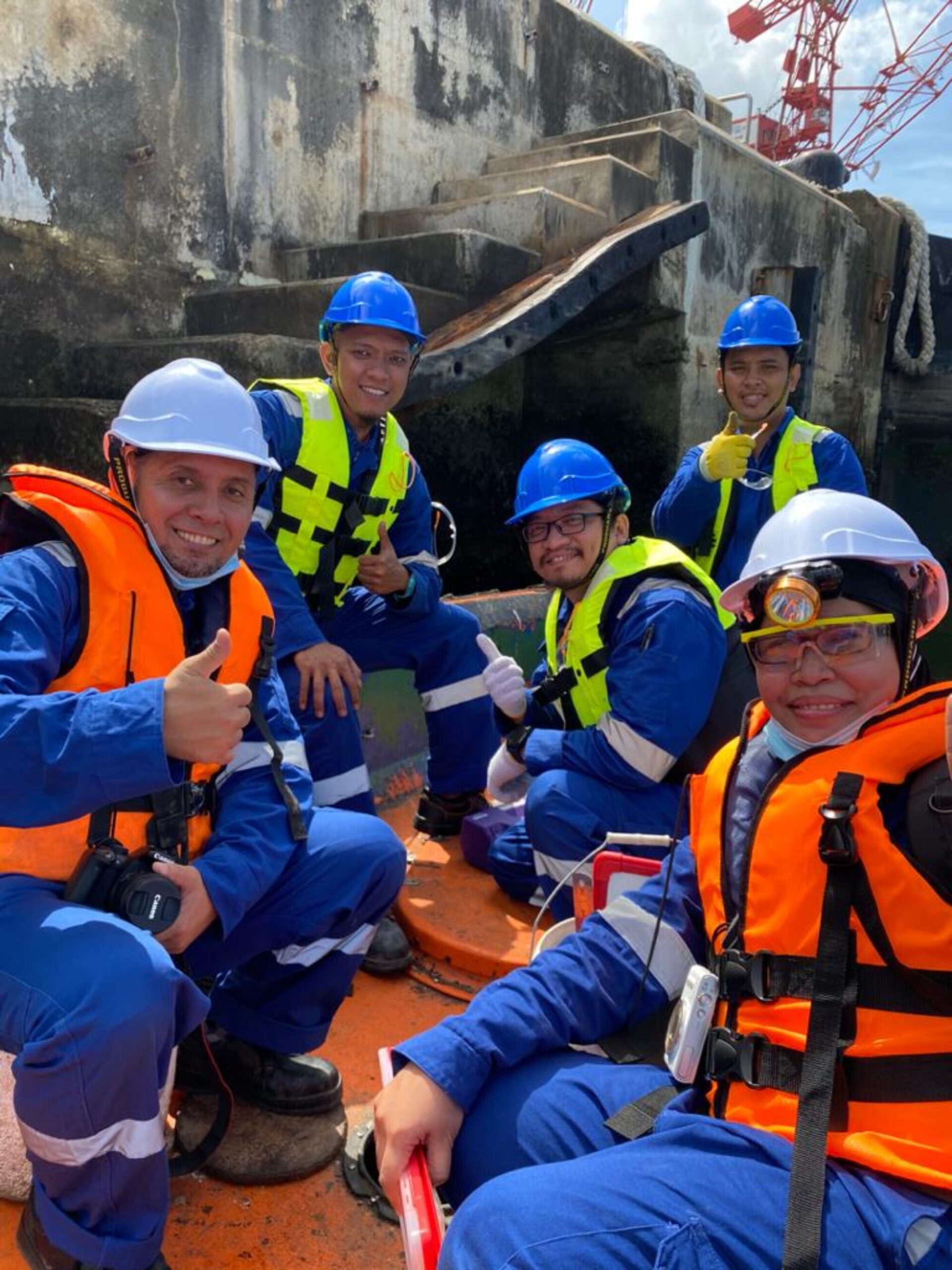My research areas/interests are in precast concrete construction and design on composite action, fibre reinforced concrete, and application of waste materials in concrete.

|
Composite Action on Precast Concrete Structure Relative movement between the wet cast concrete on the existing precast components e.g. slab, and the injudicial placement of mesh reinforcement and construction joints, causes delamination, edge restraint, curvature and loss of serviceability. Ultimate failure modes could be brittle, especially on precast prestressed floors that have a high strength-stiffness ratio. Improper surface preparations and construction techniques cause problems to the overall structural behaviour when cast in a monolithic manner. The concrete toppings contractor often has no knowledge about the moisture content, shrinkage or surface characteristics of the existing precast component. He is unlikely to receive explicit instructions on surface preparation, practical details (e.g. location of construction joints, cover to mesh at laps), and concrete workability (e.g. over wetting, admixtures). Delays of up to 5 days can accrue by not knowing when the conditions are right for laying. In designing the interface to ensure composite action, most Codes of Practice have considered surface roughness to be the principal factor giving limiting stresses for different roughness categories. Other than roughness of the interface, surface treatment plays a major role with regard to the transfer of shear stress across the interfaces. Some researchers indicate that the treatment of the precast surface is at least as important as the degree of roughness. This is because: (a) Laitance skin, dust, debris, water etc. are commonly found in the crevices of the surface, where, as the tops tend to be less affected; the rougher the surface, the less susceptible it is to the quality of workmanship in cleaning and preparation. (b) If the surface of the precast member, before casting, is very dry, this member will absorb water from the in-situ concrete, so that the quality of the contact adjacent to the interface governs the capacity of the interface. (c) If the surface is very wet, i.e. ponded, the water-cement ratio at the interface will be very high, resulting in weak bond strength in the immediate strata. |
|
Fibre Reinforced Concrete Most of available literature agreed that the most factors that affect the mechanical properties of steel fibres are aspect ratio, fibre volume fraction and steel fibre bond factor. The higher fibre aspect ratio contributed to higher mechanical performance increments, however, probability of heterogeneous distribution and flocculation will also increase. This was also shown by fibre volume fraction; the higher the fraction, the higher the strength will be achieved. However, the possibility of balling effect increases. In the case of specimen size, sometimes the mechanical performance especially for flexural toughness strength will depend on the specimen size. There are a few literatures on complementary of steel fibre into a beam component. One reported that, adding steel fibre into a beam could resist the formation and crack growth and improve the tensile capacity of reinforced concrete beam subjected to a shear load. The steel fibres are believed to become effective once shear cracking induced. Starting from that point, the fibres continued to resist the principal tensile stresses until it loss the strength due to the pull out of fibres at one certain critical load. Other observation made from the finding is that, the spalling of concrete due to excessive loading condition will be eliminated by the ability of fibres to hold that parts together.
|
|









